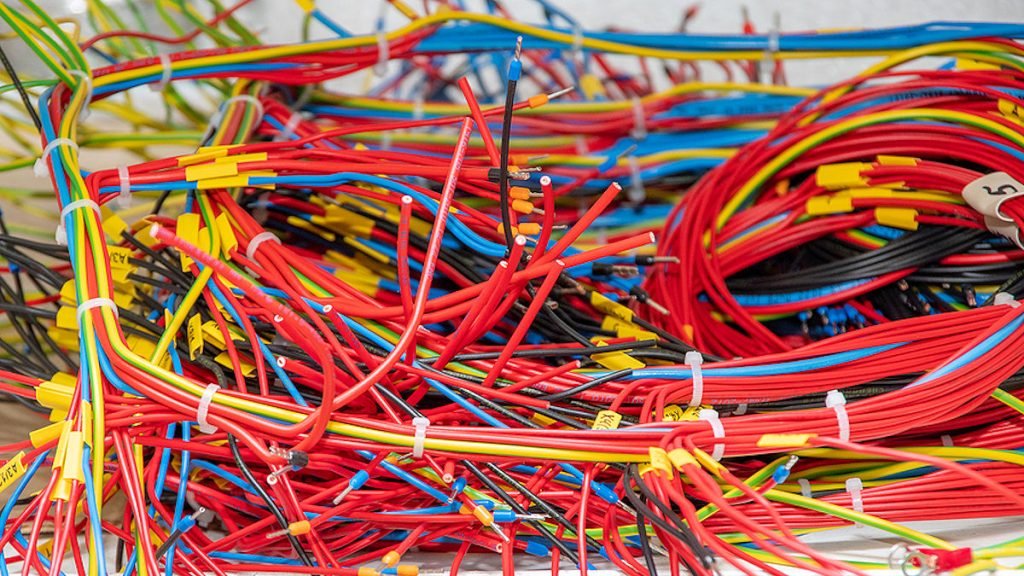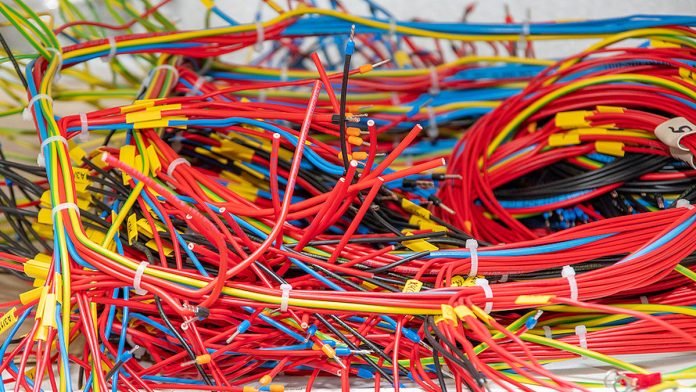Cable Selection Factors For Security Installations.
Cable Selection Factors – When installing security solutions techs might find themselves simply using the cable to hand or the cable that happens to be on special from their favoured supplier.
This may work out fine in some applications, there are important cable selection factors that should considered. These include the mechanical strength of the cables, the current requirements of the circuit being installed, the current carrying capacity of the cables, voltage drop limitations of the circuit – including controllers, fault loop impedance and short circuit temperature limitations.
These cable selection factors are typically applied to higher voltage cable plants – which quality electrical/security techs will often be installing – but they apply broadly in 12/24V DC applications as well.
The way an installation is to be supported impacts on cable choice – consider an aerial copper supply with a high rupturing fuse supplying an outbuilding with a mixed security system with a maximum 5A draw. Regardless of the amperage requirements of the security system, an aerial cable must have a minimum diameter of 6mm – that means the cable will have a typical amperage of 38A to meet the AS requirements for mechanical strength.
Maximum demand relates to the requirements of the system components installed and should be limited by protective circuits to protect devices and to ensure cables are not subject to overheating. Maximum demand feeds into current carrying capacity of the cable being used – the 2 factors are bound together in cable choice.
In our example, a limited supply of 5A is being carried by a 38A rated cable specified to deliver necessary strength for an aerial run. In other applications, this sort of over-specification will not happen, and you’ll need to consider current capacity and heat dissipation characteristics closely.
Current carrying capacity will be influenced by the type and size of the cable and its conductor, as well as the application conditions – particularly thermal conditions relating to environmental insulation, whether the cable is installed internally or externally, whether cables are bundled, whether cables are in conduit, whether cables experience direct sunlight and more.
Cable Selection Factors For Security Installations
Next comes voltage drop – standards require a voltage drop of no more than 5 per cent across an installation from the supply to the farthest edge device considering current and resistance actualised as load current, conductor size and circuit length. You can bend this percentage but it’s not best practise.
You need to take current and resistance into account because there are cables which may meet your amp requirements that have resistance characteristics certain to cause trouble at the far edges of an installation. Given the solution to voltage drop is to re-cable, you want your calculations to overshoot – experience helps here but some applications can make evolving demands on a conductor you were not expecting.
Another consideration is fault loop impedance, which refers to the impedance of conductors in the path should a fault occur between an active conductor and an earth fault. Typically, this will take place between distribution transformers and supply conductors external to the installation, and active and protective earthing conductors inside the installation.
This is not the most common situation, but it can occur, and cables need to be selected that ensure fault impedance resistance is low enough to ensure enough current to ensure triggering of protective devices to disconnect supply, and to keep touch voltage rise within acceptable limits. Relevant factors here include resistance of earthing conductors – these will be predicated on conductor size and length of circuit – generally this means covering voltage drop requirements will also cover fault loop impedance.
Finally, there are short circuit considerations. The cable needs to have a current carrying capacity large enough so that should short circuit occur and temperatures spike, the cable sheath is not damaged. It’s unlikely you’d face this issue with a 12V cable plant – it’s going to relate to mains connected from a transformer to a main switchboard. Fault current value, duration and conductor temperatures will all play into your considerations.
For electronic security technicians, overshooting on cable size is going to offer some measure of protection from this and any other other short circuit.
AS/NZS3008.1 is the relevant standard for techs in ANZ. It’s worth noting that current carrying capacity values in the standard assume single circuits, an air temperature of 40C and a soil temperature of 25C with soil dissipation characteristics of 1.2C-m/W. This air temperature looks a touch low and soil temperature looks a touch high, in our opinion.
Regardless, outside these parameters, you will need to do some calculations based on your peak conditions. You can find out more about cable selection factors in the Australian Electrical Standards here or read more SEN news here.
“Cable Selection Factors For Security Installations.”









